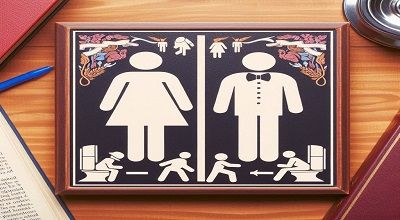Meaning of Gender Segregated
Gender segregation refers to the practice of separating individuals, often in social or organizational contexts, based on their gender. This separation can occur in various aspects of life, including education, employment, sports, and public facilities. The underlying reasons for gender segregation can vary and may be influenced by cultural, historical, social, or legal factors. Gender-segregated spaces or activities are typically designed to accommodate the perceived differences between men and women, and they can have both positive and negative implications, depending on the context and purpose.
Examples of Meaning of Gender Segregated include:
- Schools: Some educational institutions segregate students by gender. For instance, some schools have separate classes for boys and girls.
- Workplace: Gender segregation in the workplace may involve certain jobs or professions being traditionally associated with one gender. For example, nursing has historically been associated with women, while construction work has been associated with men.
- Sports: Many sports have separate competitions or teams for men and women due to differences in physical strength and performance.
- Restrooms and Changing Rooms: Public facilities such as restrooms and changing rooms are often separated by gender to provide privacy and safety.
- Religious or Cultural Practices: Some religious or cultural traditions involve gender-segregated spaces or roles within religious institutions.
Summary
It’s important to note that the Meaning of Gender Segregated is a topic of debate and discussion, as it can be seen as both a way to address specific needs or differences between genders and as a source of inequality and discrimination. In some cases, gender segregation is enforced by law, while in others, it is a matter of choice or tradition. Society’s attitudes toward and practices of gender segregation are evolving, with increasing emphasis on gender equality and inclusivity.
